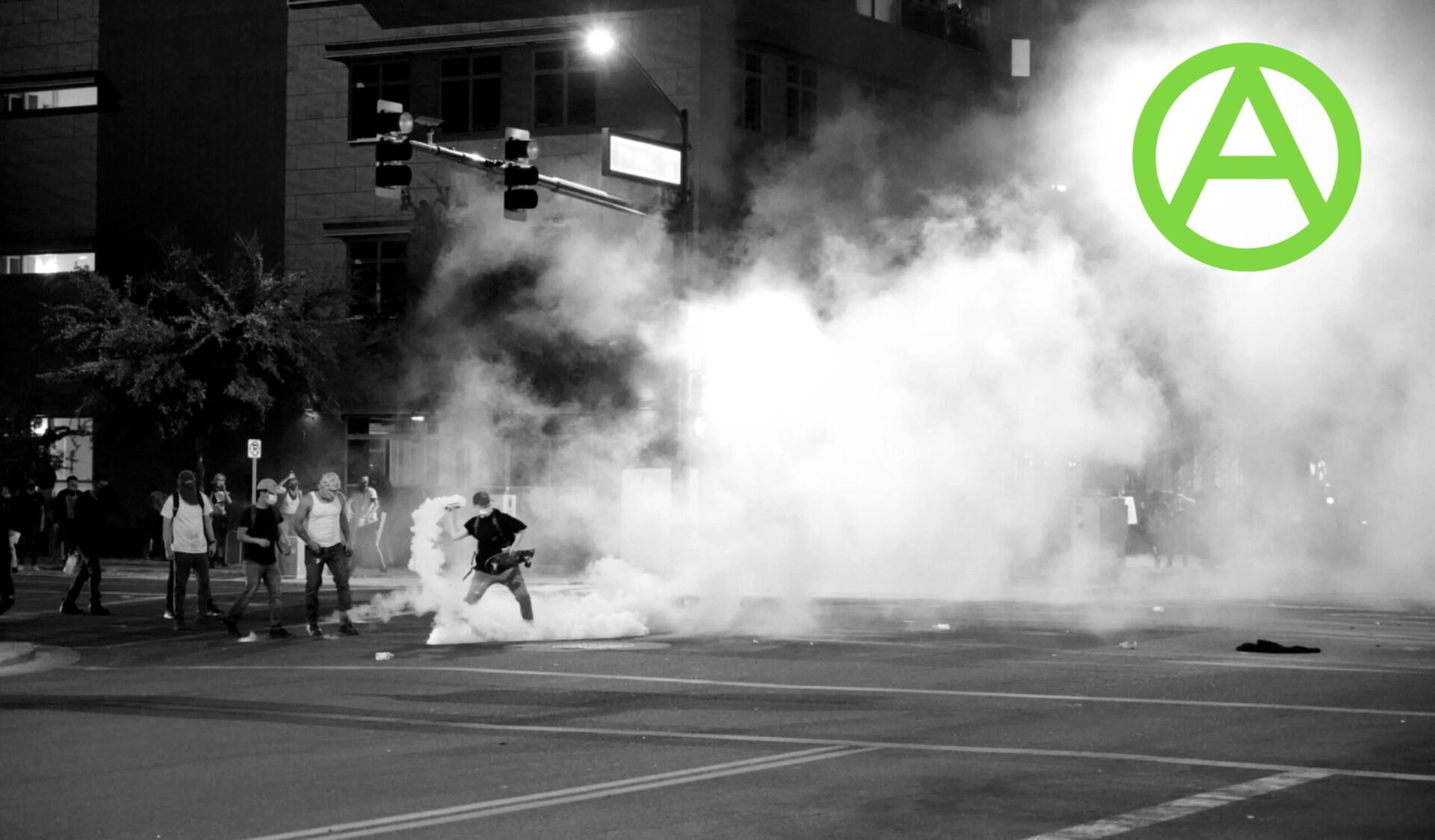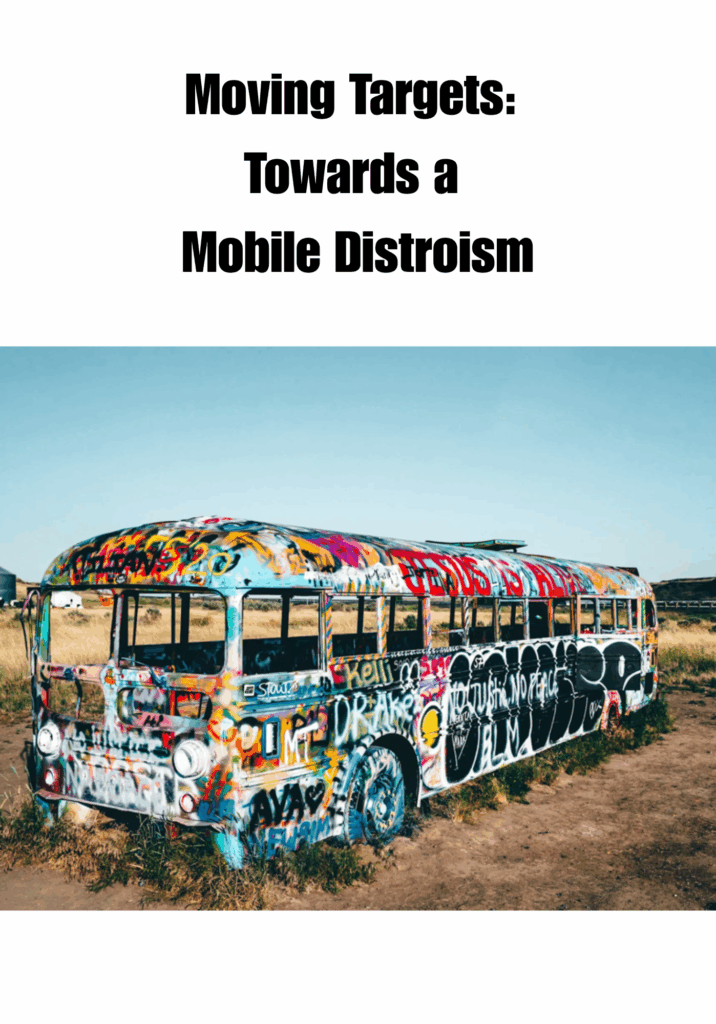
This interview was originally posted to Living & Fighting
Over the last seven months, the Trump administration has taken sweeping measures to further detain, deport, and destroy the lives of immigrants. It’s an effort that has resulted not just in the bombastic cruelty of sending hundreds of detainees to a notorious El Salvador prison or building a detention center in the alligator-and python-infested swamplands of Florida, but also in a steep increase in immigrations arrests across the country (in Arizona, they’re up 113% since the inauguration). In June, in response to a government call for and subsequent spike in Immigration and Customs Enforcement raids and kidnappings, the people of Los Angeles, Portland, Seattle, Austin, Tucson, and other cities across the country protested and rioted on behalf of themselves and their families, friends, and neighbors. Despite the fierce commitment and bravery of those in the streets, the government’s mass deportation efforts are likely to only accelerate. As we seek ways to respond to these ongoing threats, we can look to—among other examples—rapid response networks, which have long existed in cities across the country, including Tucson.
What follows is an interview conducted by Living & Fighting with a member of the Tucson Community Rapid Response Network. In this interview, they discuss the history the network, what it’s accomplished and the challenges it’s faced, and what principled community response to deportations could look like in the coming months and years.
Read More…

